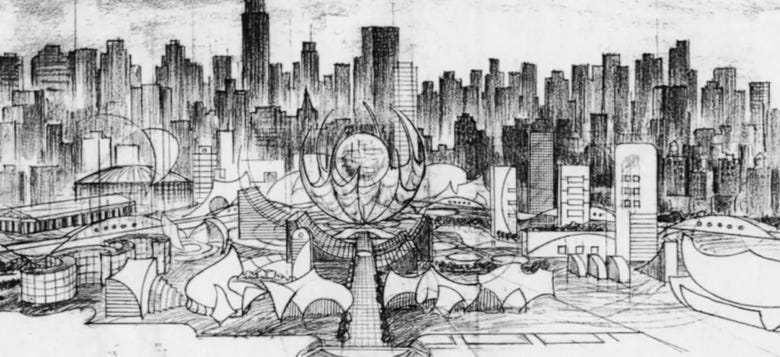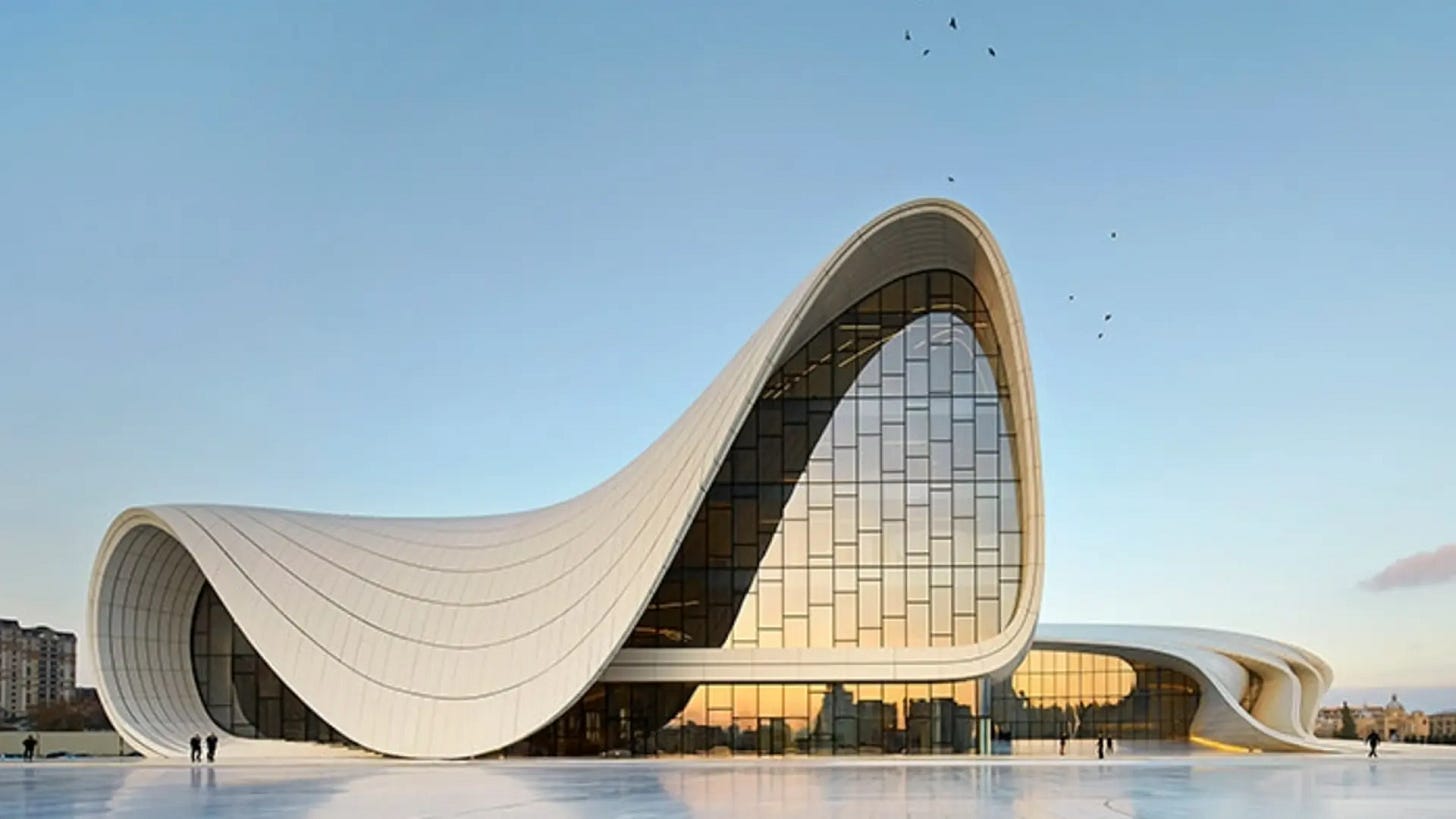Last night, my wife and I visited the local movie theater to see Francis Ford Coppola’s Megalopolis. I didn’t read much about the film because contemporary film writing in mainstream publications always deals with subjects I am not interested in, such as box office and budget. I believe the arts section in a newspaper or website should be about the art, not the business side of that production. Therefore, the proper place for such information is in the Business section. For me, cinema is not about the industry but the ideas in the art and how well the artist conveys those points of interest to its public or, more importantly, me.
Megalopolis is, in many ways, a perfect work of art. It packs a lot of information into its two hours and eighteen minutes but never feels long. The Fall of an Empire is always entertaining in cinema, theater, and real life. It is also very American-centered in that it is a tale about a lone figure. In this case, Cesar Catilina, an architect played by Adam Driver, wants to transform New Rome, but the city government has other ideas for their city. So, it is one powerful man against a system that has ties to corruption but also thinks inside the box, whereas Cesar lives outside the box and looks at the landscape as a problem that can be creatively solved.
New Rome is very much like Old Rome, even though they share the same haircuts, but this is not overplayed in the Coppola film. The costumes and gestures of all of its characters are theatrical, but they fit in perfectly with the film's mood. One of the reasons why I like Megalopolis is that once in the theater, I’m transformed into another world, which is artificial and where one’s ideas are present. It also seems the film has a lot to do with height. There are many scenes in the film where the characters are up high, on top of a building structure, or even on Scaffolds that look like they will collapse. My vertigo senses kick in, but I can keep it manageable. However, the film does play with the acknowledgment of heights and distances. Some of it is part of the architectural viewpoint, but there is also a psychological aspect.
Megalopolis is full of cinematic imagery, some old and some new, but never done in a cliché manner. Coppola and his team (I would have to add Roman Coppola here because I suspect he has a lot to do with the imagery) explore the characters, who are actually from the Roman Republic/Roman Empire, such as Publius Clodius Pulcher, Marcus Licinius Crassus, and, of course, Cicero. The surprising aspect of the film is that it is optimistic, and perhaps throughout the years, Coppola sees things as being more hopeful than not. That is, again, part of the debate, and one thing Megalopolis stands for is dialog among the citizens of New Rome, …and elsewhere.
The role of an Architect is always one of a loner against the masses. In essence, they are like Gods in that they leave a presence, such as concrete and steel, on a particular part of Real Estate. The weird thing about architecture is that it is an art, but it also has to serve a purpose beyond aesthetics. The room should fit the individual who made it, but even that can become an issue.
While watching the film, I thought of the late Zaha Hadid, whose structures and ideas are more in the avant-garde realm of Architecture. Cesar was very much focused on his city, but Hadid was very much an Architect of the world. But his designs and some of his thoughts regarding citizens living among the structures reminded me very much of Hadid. I can see Megalopolis again, not because of hidden subject matters to be rediscovered but more of surfing on the images and how to put one’s foot forward for a better day if possible.
*The picture above is from Heydar Aliyev Center, Baku, Azerbaijan, 2013. Courtesy Hufton+Crow/Zaha Hadid Architects.





Great review Tosh. I’m now looking forward watching the film!
We saw the film last night and were absolutely fascinated by it. Your point about the impact of those high vertical scenes in the film is well observed. Thank you for this essay. Honestly, I think the people clowning on this movie are, well, clowns.